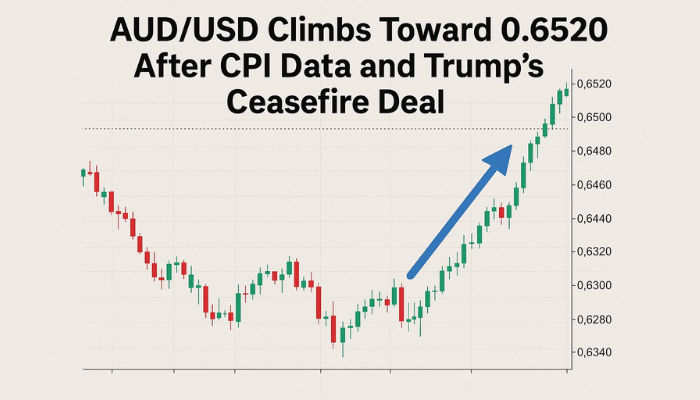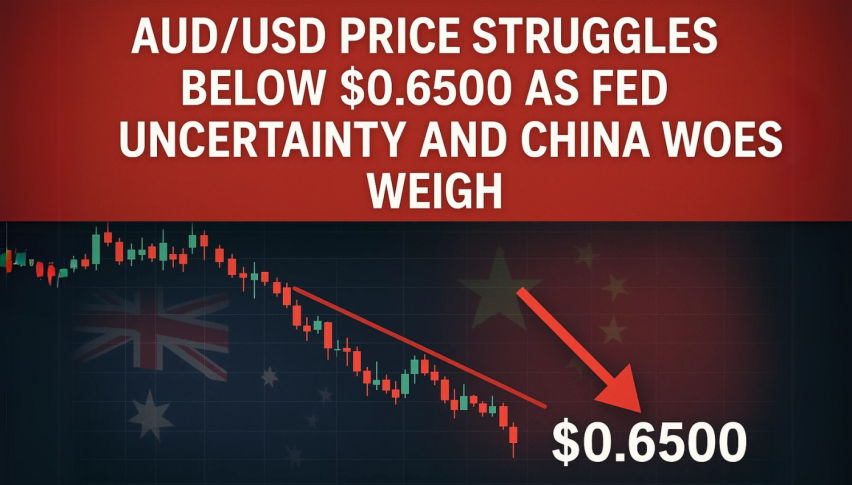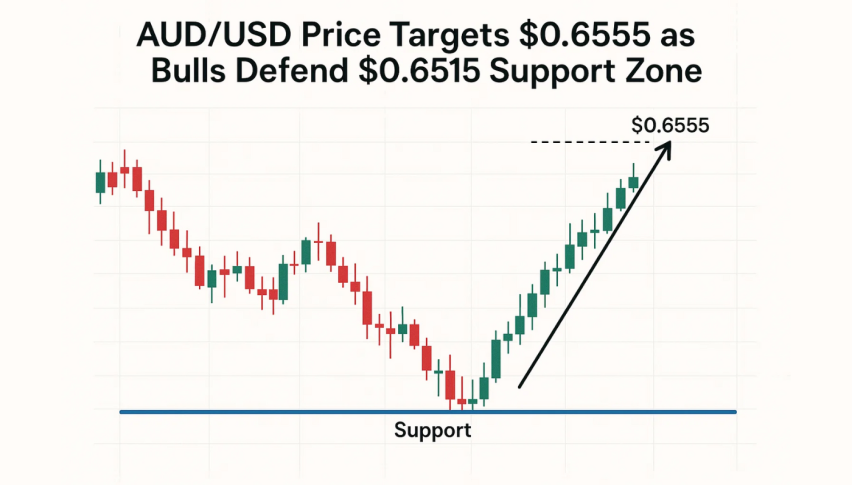Where Does AUD/USD Stand After the Softer Q1 CPI?

AUD/USD has been one of the weakest currencies, in recent months, despite the China reopening, as the uncertainty remains high which is keeping commodity dollars weak. Since the beginning of March when the USD resumed the decline again, this pair only gained around 200 pips while other currencies made massive gains, with EUR/USD gaining around 5.5 cents from the bottom to the top.
Buyers tried to turn this pair bullish after the retreat in February, but the 100 SMA (green) stopped the climb twice, rejecting this pair and the reversal came. Yesterday, AUD/USD experienced its worst day in weeks, dropping from around 0.6710 to 0.6618 and marking the lowest daily close in a month. The US Dollar on the other hand surged higher as the market sentiment turned negative, while the Aussie fell behind. AUD/NZD also dropped for the third consecutive day, hitting weekly lows below 1.0800 which shows that the AUD is experiencing broad weakness.
The slide in AUD/USD began during the Asian session on the continuous decline in Iron Ore prices, which weighed on the currency due to Australia’s reliance on commodity exports. Later, sellers further pushed AUD/USD down on risk aversion sentiment, as Wall Street indices fell by around 2%, and US yields also slipped lower. Earlier today, the inflation report from Australia was released, showing a slowdown in Q1.
Australian Q1 CPI Inflation Report
- Australian Q1 Headline CPI 1.4% vs. 1.3% expected
-
Weighted median Q1 CPI 1.2% vs 1.3% expected
-
Q4 CpI of 2022 was 1.6%
-
Q1 CPI YoY 5.8%vs 5.9% expected
-
Previous CPI YoY was 5.8%
Also out from the Australian Bureau of Statistics is the monthly reading for March:
- 6.3% y/y (expected 6.6%, prior 6.8%)
- 0.5% m/m (prior 0.6%)
AUD/USD Live Chart
- Check out our free forex signals
- Follow the top economic events on FX Leaders economic calendar
- Trade better, discover more Forex Trading Strategies
- Open a FREE Trading Account


